A Ball Valve is a quarter-turn valve used for controlling the flow of liquids or gases. It operates by using a hollow, perforated, and pivoting ball (the “ball”) to control flow through it. When the ball’s hole is in line with the flow direction, the valve is open, and when it is turned 90 degrees by the valve handle, it is closed, blocking the flow.
Ball valves are highly versatile and widely used in various industries, including pharmaceuticals, chemicals, food and beverage, oil and gas, and water treatment. They are known for their durability, reliable sealing performance, and capability to handle high pressure and temperature.
Types of Ball Valves:
- Floating Ball Valve: The ball is suspended and free to move inside the valve body. Used for low to medium pressure applications.
- Trunnion Ball Valve: The ball is supported by trunnion bearings, suitable for high-pressure applications.
- Full Port Ball Valve: The bore is the same diameter as the pipeline, minimizing flow resistance.
- Reduced Port Ball Valve: The bore is smaller than the pipeline, leading to some flow restriction.
- V-Port Ball Valve: The ball or seat has a V-shaped notch for precise flow control.
- Multiport Ball Valve: Allows switching flows between multiple ports (e.g., 3-way or 4-way valves).
Advantages of Ball Valves:
- Quick shutoff and opening (quarter-turn operation).
- Excellent sealing capabilities.
- Versatility for various applications (liquids, gases, and slurries).
- Long service life with minimal maintenance.
- Compact and lightweight design compared to gate and globe valves.
Applications of Ball Valves:
- Pharmaceuticals: For precise flow control in sterile processes.
- Chemical Industry: For handling corrosive chemicals and high-temperature fluids.
- Food and Beverage: Hygienic designs for food-grade applications.
- Oil and Gas: Suitable for high-pressure pipelines and offshore operations.
- Water Treatment: Used in desalination, wastewater management, and distribution systems.


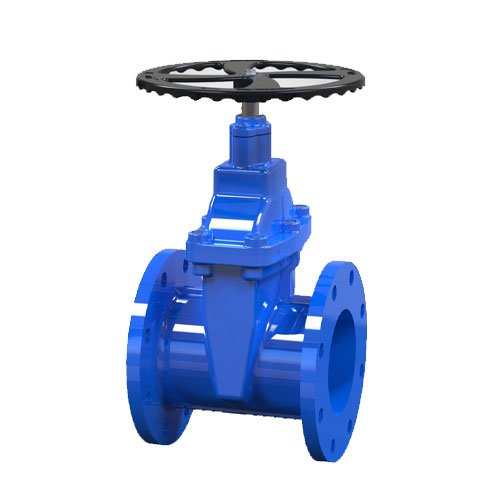
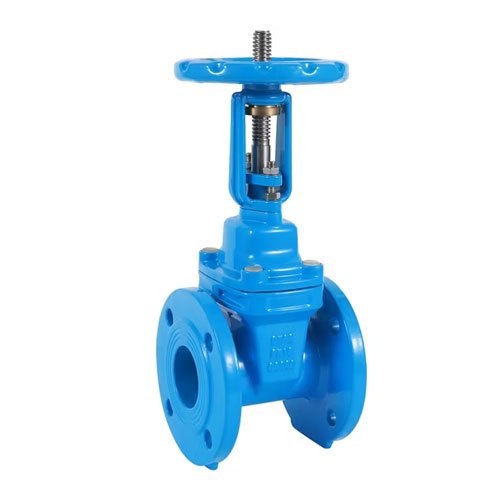
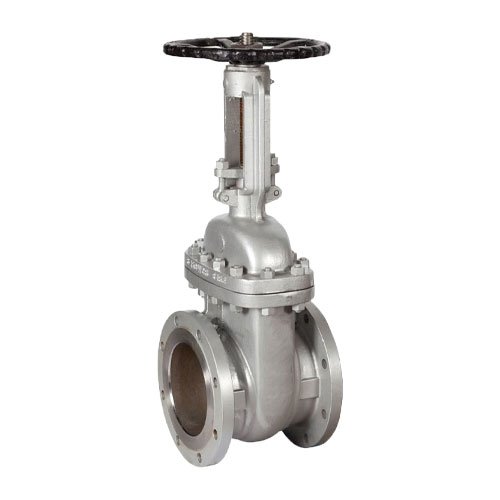



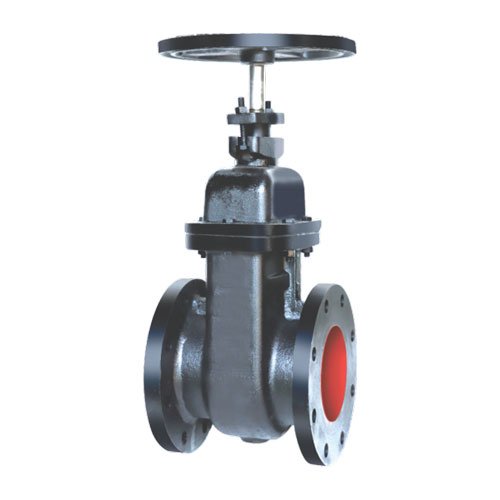
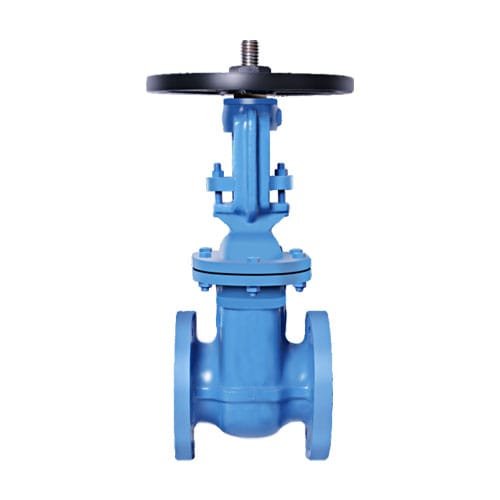
Reviews
There are no reviews yet.